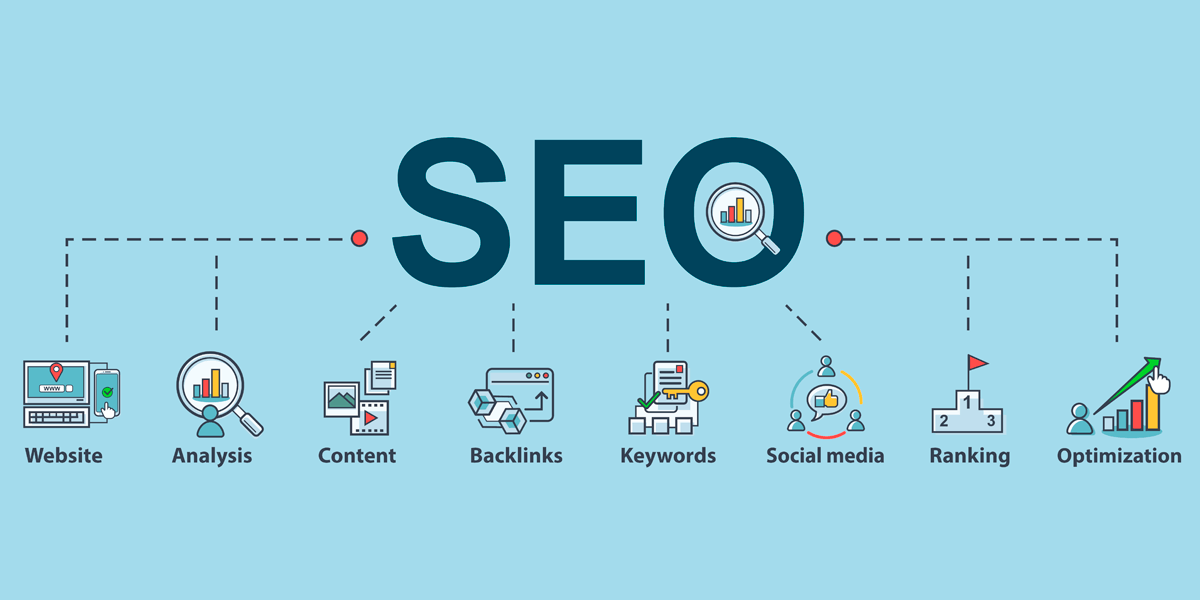Demystifying What Is Not Considered a Default Medium in Google Analytics
Demystifying What Is Not Considered a Default Medium in Google Analytics
Blog Article
Revealing the Unconventional Mediums in Google Analytics Beyond Default Setups
In the realm of electronic analytics, Google Analytics stands as a keystone for services seeking to understand their on-line existence. By venturing beyond the surface area and diving right into the ins and outs of social media data, e-mail campaign performance, reference web traffic sources, straight web traffic patterns, and custom channel groups, a treasure trove of details awaits those eager to accept a more nuanced approach.

Leveraging Social Media Insights
Sometimes forgotten, yet exceptionally beneficial, is the practice of leveraging social networks understandings within the world of Google Analytics. By integrating data from platforms like Facebook, Twitter, Instagram, and LinkedIn into Google Analytics, services can obtain a deeper understanding of their audience and the efficiency of their social media sites projects.
Through this integration, marketing experts can examine and track individual actions on their internet site that stems from social media platforms. They can determine which social networks networks are driving one of the most traffic, which material is reverberating with the audience, and which campaigns are converting the most leads. This insight enables data-driven decisions to enhance social networks methods and enhance general advertising efficiency.
In addition, by combining social media understandings with Google Analytics, organizations can develop extra targeted and individualized projects - what is not considered a default medium in google analytics. They can utilize market info, rate of interests, and on the internet habits gathered from social media to refine their target market division and provide tailored messages that resonate with specific consumer teams. This targeted technique can cause greater interaction, increased conversions, and ultimately, boosted return on financial investment
Discovering Email Campaign Efficiency
Uncovering Email Campaign Efficiency entails examining essential metrics and performance indications to examine the efficiency of email advertising initiatives. When diving right into e-mail campaign performance, it is critical to assess metrics such as open rates, click-through rates, conversion rates, and unsubscribe rates. By examining these metrics, marketers can fine-tune their email projects for far better involvement and performance.
Analyzing Referral Traffic Sources
After reviewing the performance of email campaigns with vital metrics such as open rates and conversion rates, the following essential step is analyzing referral traffic sources in Google Analytics to understand where website site visitors are originating from and exactly how they engage with the website. Recommendation web traffic sources refer to the websites that route customers to your website with clickable links. By delving into this information, services can obtain insights right into which exterior systems are driving web traffic to their site, whether it be social media systems, companion sites, or online directories.
It aids businesses determine high-performing reference sources that add considerably to web site web traffic and conversions. Google Analytics provides thorough reports on referral web traffic, permitting businesses to track the performance of each recommendation resource accurately and make data-driven decisions to improve their on-line presence.
Checking Out Straight Web Traffic Patterns
Discovering the straight website traffic patterns in Google Analytics gives important insights into user behavior and the effectiveness of campaigns - what is not considered a default medium in google analytics. Straight website traffic describes site visitors that arrive on a web visit this website site by directly inputting the URL into their browser, using bookmarks, or clicking untagged web links. Comprehending direct traffic patterns can help online marketers assess the impact of offline marketing efforts, brand name acknowledgment, and the efficiency of word-of-mouth recommendations
By delving right into straight web traffic data, organizations can reveal vital info about user intent and brand name loyalty. Analyzing the behavior of straight site visitors, such as the pages they see, the moment spent on website, and the conversion price, can offer a much deeper understanding of individual involvement and the general efficiency of the web site in converting site visitors into consumers.
Additionally, tracking direct website traffic patterns in time permits services to identify trends, seasonality effects, and the success of certain campaigns or promotions in driving direct visits. This details can then be utilized to refine advertising strategies, enhance website content, and boost the general user experience to maximize conversions.
Using Custom Channel Groupings
Making use of custom network groups in Google Analytics allows services to classify and evaluate their site web traffic based on particular standards, giving important understandings for maximizing marketing techniques. Personalized network groupings allow business to create their own tailored groups of traffic sources, such as social networks, natural search, e-mail projects, and reference traffic. By defining these groupings, companies can get a much deeper understanding of how various advertising channels add to their internet site traffic and conversions.
This feature is particularly helpful for services with varied advertising and marketing approaches across various platforms. A business running both paid and organic social media campaigns can distinguish between the 2 to analyze their specific efficiency precisely. Furthermore, customized channel collections can help identify any kind of forgotten or taken too lightly web traffic sources that may be driving beneficial involvement.
Final Thought

By venturing past the surface and delving right into the details of social look at here now media data, email campaign efficiency, reference website traffic sources, direct web traffic patterns, and custom-made network groups, a treasure trove of info waits for those eager to welcome a more nuanced method. They can determine which social media channels are driving find more the most traffic, which material is reverberating with the target market, and which projects are transforming the most leads.After reviewing the efficiency of e-mail projects via key metrics such as open prices and conversion prices, the following crucial step is evaluating referral traffic sources in Google Analytics to understand where site visitors are coming from and how they communicate with the site. Custom channel groups make it possible for business to create their own personalized groups of website traffic resources, such as social media, natural search, email campaigns, and referral website traffic. By leveraging social media understandings, revealing email campaign performance, analyzing reference web traffic sources, exploring straight website traffic patterns, and using customized channel groups, marketers can obtain useful insights into their on-line existence.
Report this page